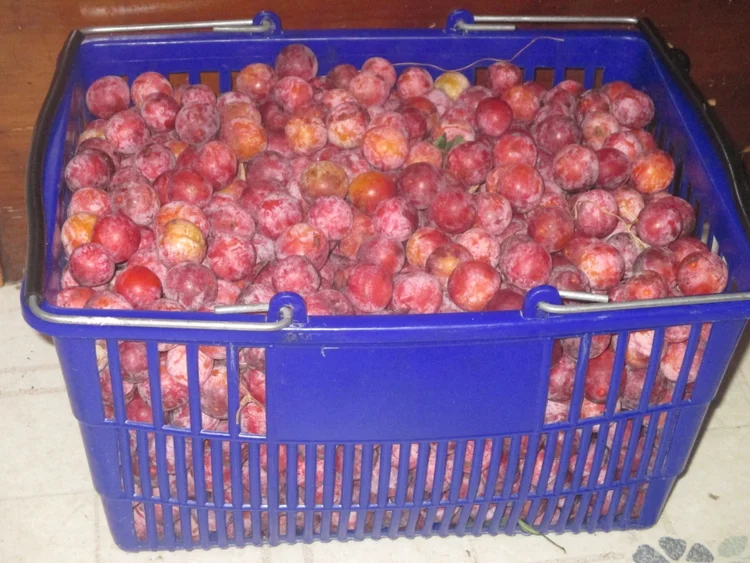
 4
4




Peace and Blessings,
-Shalom
 4
4




"How fleeting are all human passions compared with the massive continuity of ducks.“ — Dorothy L. Sayers

 3
3





Be joyful, though you have considered all the facts. ~Wendell Berry
 3
3




"How fleeting are all human passions compared with the massive continuity of ducks.“ — Dorothy L. Sayers
 1
1




 2
2








"And forget not that the earth delights to feel your bare feet and the winds long to play with your hair.”









- Tim's Homestead Journal - Purchase a copy of Building a Better World in Your Backyard - Purchase 6 Decks of Permaculture Cards -
- Purchase 12x Decks of Permaculture Cards - Purchase a copy of the SKIP Book - Purchase 12x copies of Building a Better World in your Backyard

|
Yes, my master! Here is the tiny ad you asked for:
The new gardening playing cards kickstarter is now live!
https://www.kickstarter.com/projects/paulwheaton/garden-cards
|






